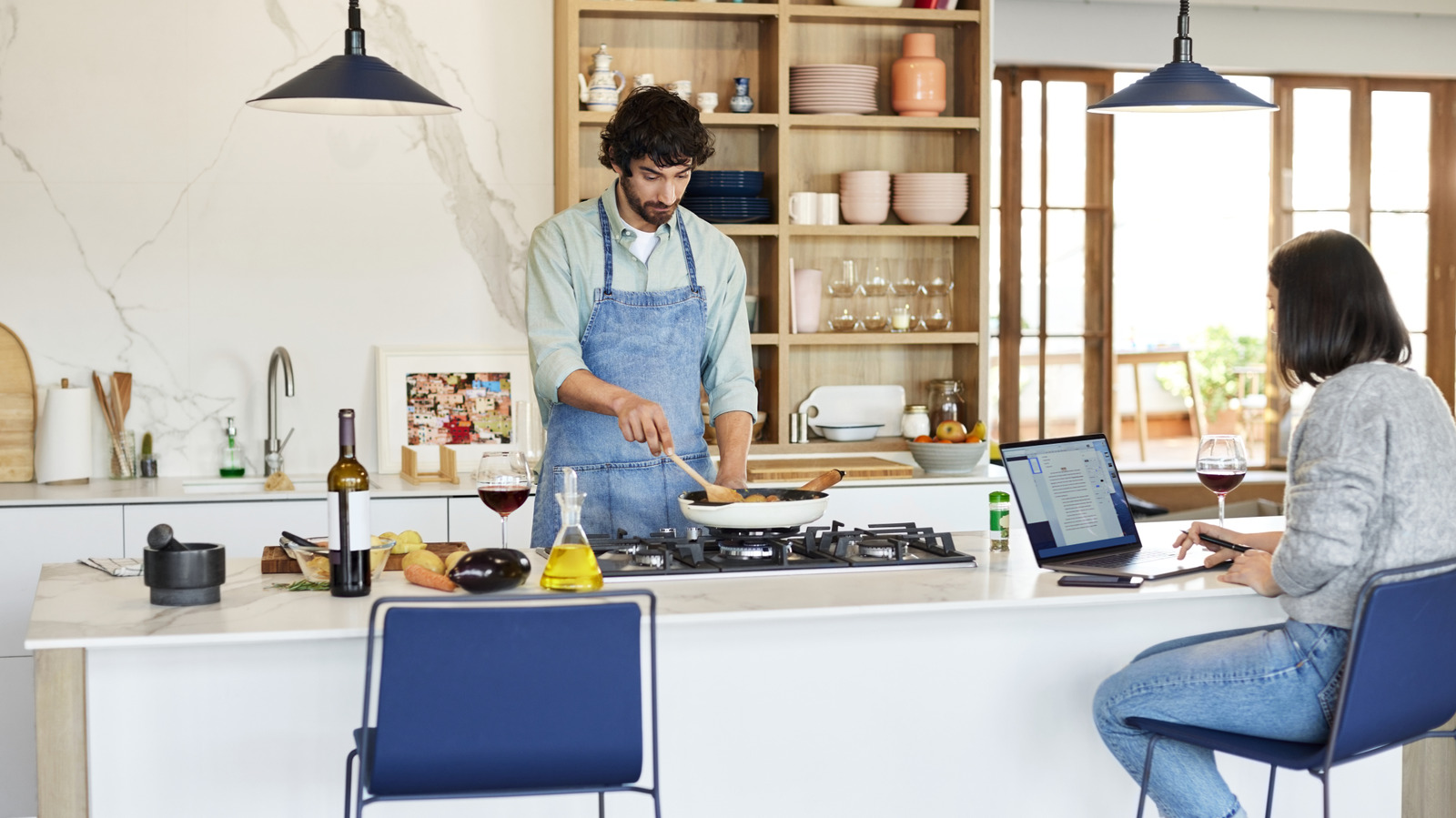If you’ve ever redesigned your kitchen, you know that every decision matters. From the backsplash to the depth of the sink, these seemingly small choices can have a significant impact on how you use and enjoy your space. One decision that frequently comes up for those aiming to create a stylish and functional kitchen island is whether to install one with curved or sharp edges. This well-used and cherished part of the kitchen serves as a prep station, casual dining area, gathering point, and even a homework hub, so the style choices you make for it matter. We asked an expert, and while there’s no definitive right or wrong answer — there are differences based on your lifestyle and design preferences.
“Curved edges feel softer, safer, especially with kids, and [are] visually inviting. They’re trending for a good reason, but they can reduce usable prep space,” says interior designer Artem Kropovinsky, founder of award-winning Arsight Studio in New York. “Sharp edges are more streamlined and modern, but can feel stark in the wrong setting.”
It’s important to thoughtfully consider your aesthetic preferences and practical issues when making a decision. “Choose options based on function and the overall mood of the kitchen,” says Kropovinsky. So, if you are going for a sleek, minimalist kitchen, sharp edges will feel right at home, but if safety is paramount, you can’t go wrong with rounded edging.
What kitchen island features should you consider?
The kitchen island is often the focal point of your kitchen; in addition to serving as a cooking station, it’s typically the most-used gathering spot. That’s why choosing its shape, countertop material, and edge style carefully can make a real difference in both how you use your space and its overall visual appeal.
The most common shape is the rectangular or square island, as it offers ample space for food prep, dining, and presentation. It also works well with most kitchen layouts. Other designs, like L-shaped or curved islands, can also look good, depending on your space and design goals. Larger kitchen islands have become a top pick as people increasingly value their versatility, as part breakfast-bar and part countertop and cooking area. As for countertop materials, again, this depends on your needs, but granite and quartz are popular long-lasting choices. Although quartz may have the edge in terms of low maintenance and durability.
The bottom line is that no one regrets thoroughly researching their kitchen features. Our advice: Take a moment to picture your daily routine and how your family naturally uses the space. What do you see as your style, and what works best for your needs? Go from there, and don’t hesitate to ask the experts for help. After all, your kitchen island is bound to be a well-loved and highly populated place, a central spot where meals are made and memories are shared.






